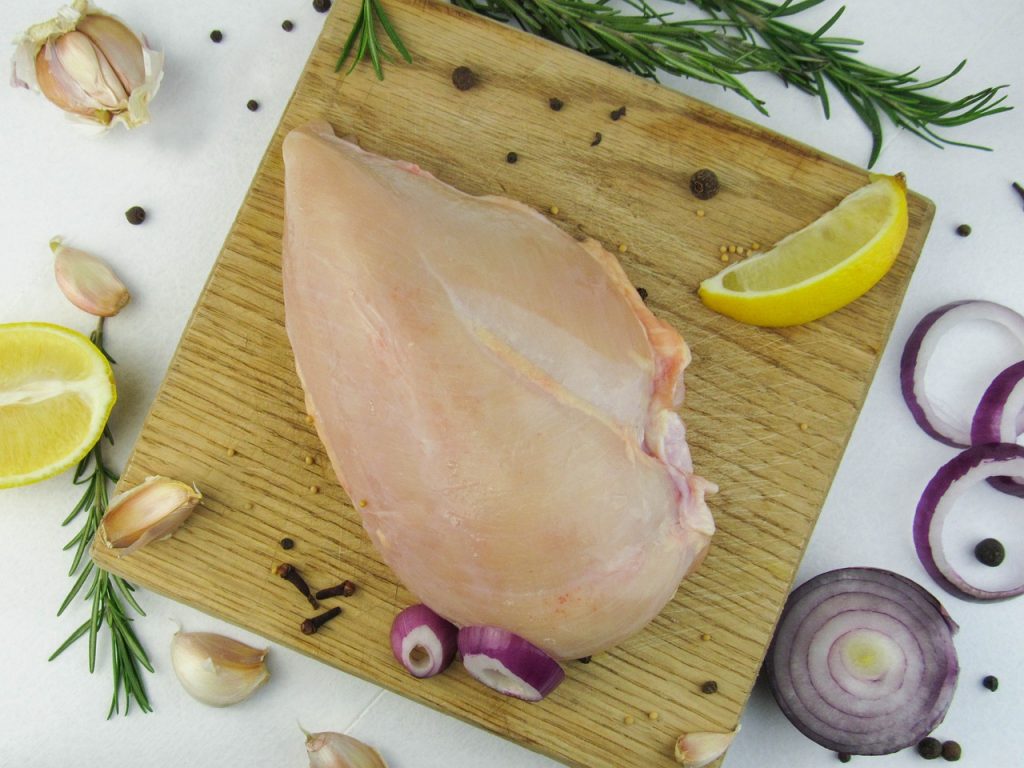Cooking grass-fed beef requires a slightly different approach than cooking grain-fed beef due to its leaner nature and unique flavor profile. In this blog post, we will explore some valuable tips and techniques to help you unlock the full potential of grass-fed beef in your culinary endeavors.
1. Proper Seasoning and Marinating:
To enhance the flavor and tenderness of grass-fed beef, it’s essential to season or marinate it properly before cooking. Since grass-fed beef is naturally leaner, seasoning with salt, pepper, and your favorite herbs and spices can help enhance its taste. Marinating grass-fed beef can also add moisture and tenderness. Opt for marinades with acidic ingredients like citrus juice or vinegar, which can help break down the fibers and tenderize the meat.
2. Cooking Techniques for Optimal Results:
Grass-fed beef cooks faster than grain-fed beef due to its lower fat content. Therefore, it’s crucial to choose appropriate cooking techniques to ensure optimal results. Here are a few recommended cooking techniques for grass-fed beef:
a. Grilling: Grilling is a fantastic way to cook grass-fed beef, as it allows the natural flavors to shine. Since grass-fed beef can cook quickly, it’s important to monitor the temperature closely to avoid overcooking. Aim for medium-rare to medium doneness for the best texture and juiciness.
b. Pan-Searing: Pan-searing is an excellent method for cooking steaks or smaller cuts of grass-fed beef. Preheat a cast-iron skillet or a heavy-bottomed pan over medium-high heat, add a high smoke-point oil (such as avocado oil), and sear the beef for a few minutes on each side until browned. Finish cooking in the oven at a lower temperature to ensure even cooking.
c. Braising: For tougher cuts of grass-fed beef, such as roasts or stew meat, braising is a wonderful technique. Slow cooking in a flavorful liquid, such as broth or wine, at a low temperature allows the meat to become tender and juicy. This method is perfect for creating succulent pot roasts or hearty stews.
d. Sous Vide: Sous vide is a precise and gentle cooking method that can help you achieve consistent results with grass-fed beef. Vacuum-seal the beef in a bag and cook it in a water bath at a controlled temperature for an extended period. Finish by searing the meat briefly on high heat to develop a delicious crust.
3. Resting and Slicing:
After cooking grass-fed beef, it’s essential to let it rest before slicing or serving. Resting allows the juices to redistribute and ensures a more flavorful and tender result. Tent the cooked beef loosely with foil and let it rest for about 5-10 minutes before slicing against the grain for maximum tenderness.
4. Experiment with Flavors and Pairings:
Grass-fed beef’s unique flavor profile pairs well with various herbs, spices, and complementary ingredients. Experiment with different marinades, rubs, and seasonings to enhance the natural flavors of the meat. Consider pairing grass-fed beef with bold, earthy flavors like garlic, rosemary, or balsamic vinegar. Additionally, explore different side dishes and sauces that complement the richness of grass-fed beef, such as roasted vegetables, chimichurri, or red wine reductions.
Cooking grass-fed beef requires a thoughtful approach to ensure the best results. By following these tips and techniques, you can bring out the natural flavors and tenderness of grass-fed beef in your dishes. Whether you prefer grilling, pan-searing, braising, or using sous vide, with a little practice and experimentation, you’ll be able to create delicious meals that showcase the unique qualities of grass-fed beef. So, fire up your grill or heat up your skillet and savor the joys of cooking with this premium and sustainable meat option.




